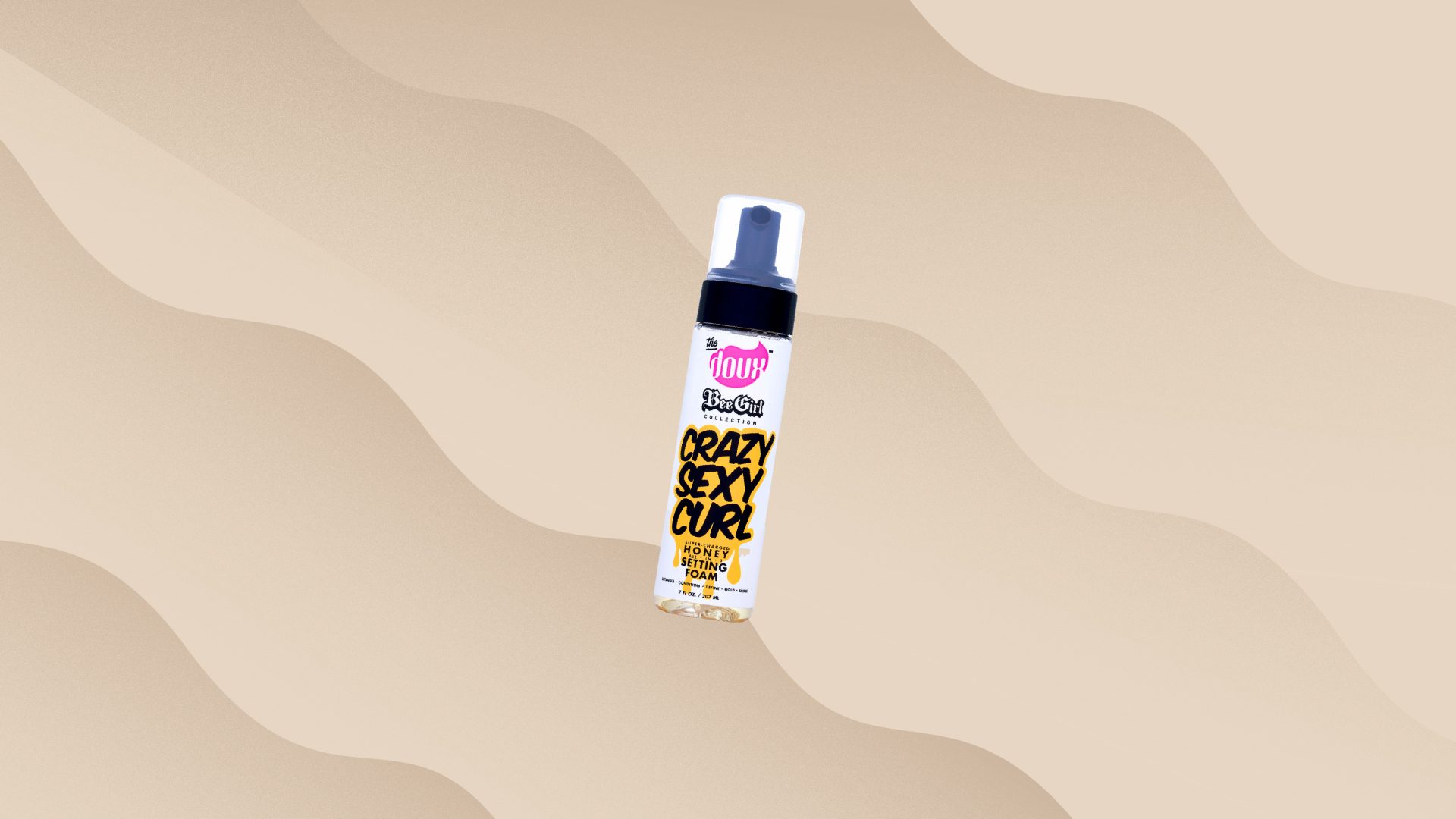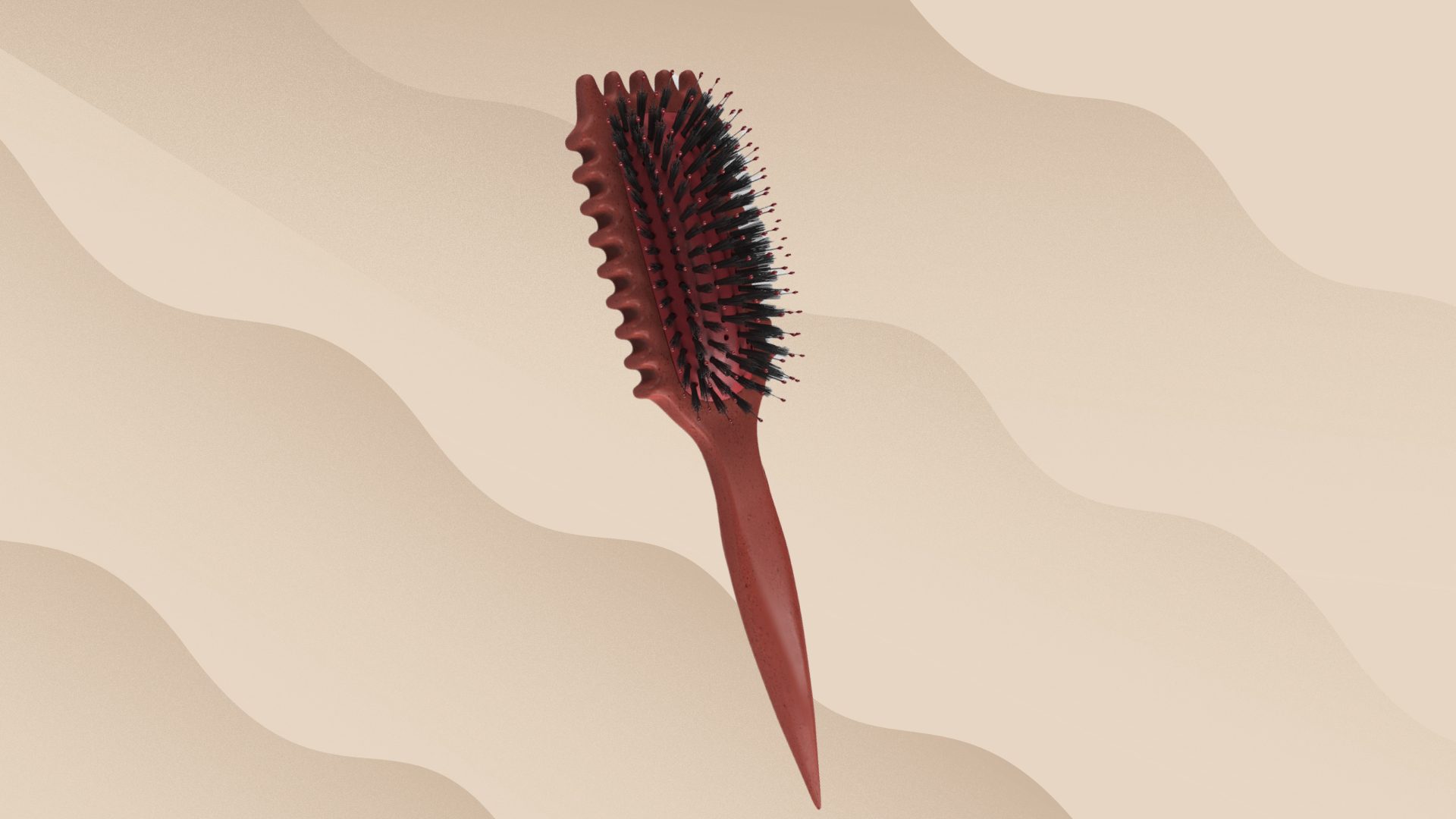
Not all “natural sounding” terms are natural and by the same token, not all “chemical sounding” terms are not natural. For example, water is a chemical. Learning the tricks of the trade for product marketing allows for a more informed consumer. We just want to make sure you are fully informed before buying a product with shopper remorse immediately after wash day. As we delve into foreign sounding ingredients stay open to the idea on trying something new to see if it works. You may just be surprised.
Emollient is a term used in personal care products. They are humectants, lubricants, and occlude, keeping the skin from losing moisture by holding onto water and leaving the skin supple with a protective layer. According to cosmetic chemist Tonya McKay, “An emollient for hair should easily form a smooth, even film on the surface of the hair, should soften the hair, and should not yield an unpleasant sticky or greasy texture.”
What is Beantree?
Beantree is a natural, clear liquid derived from castor and rapeseed. This liquid, low in viscosity, has a light and dry, non-oily feel, which can easily and quickly be absorbed into the skin, including the scalp. Beantree is also known as the chemical ingredient, methylheptyl isostearate, which is an ester of caprylic alcohol and isostearic acid. Beantree is just a brand name for methylheptyl isostearate just as Kleenex is a brand name for facial tissue. This popular emollient was created by ALZO international Inc., which also develops specialty emollients esters, specialty surfactants, and conditioners.
Benefits of Beantree on hair
Beantree or methylheptyl isostearate works at preventing water loss form the hair’s surface so the strands do not dry out. It has a dry feel and often used instead of evaporating silicones. It adds a high gloss, or sheen. It is used in hair products and can be found in color cosmetics, skin care, and bath products. It will condition the scalp and hair while retaining moisture and absorbs quickly without leaving a greasy feel. It has excellent lubricating and emulsifying properties and seems to be a great replacement for silicones. A few brands have found this to be a viable ingredient in several of their products, namely Curls and Blended Beauty, but this may only be the tip of the iceberg for brands giving this non-oily yet moisture grabbing liquid a chance.







